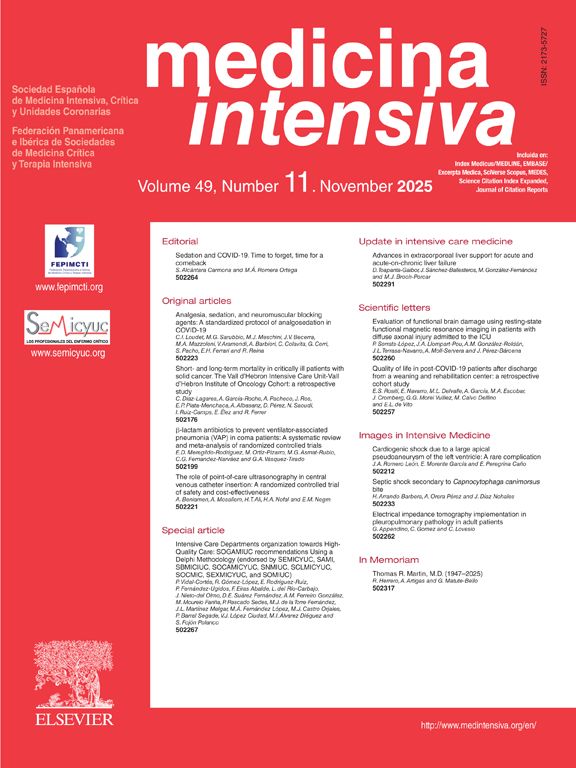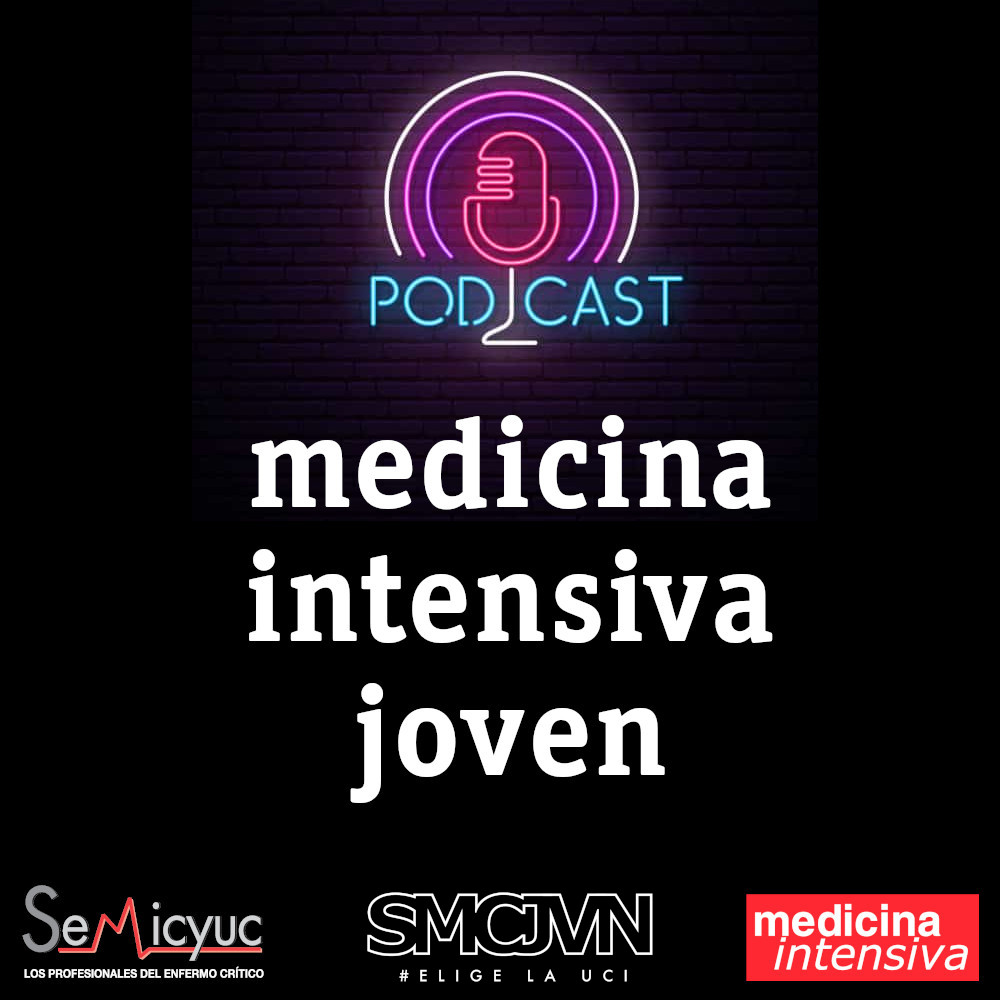An emerging notion suggests that the time during which applied volume or pressure is delivered may be key to minimizing ventilator-induced lung injury.1 In this context, the so-called "ratchet effect" is emerging as a physiological concept with great clinical potential. Inspired by the operation of a mechanical mechanism that allows incremental movement in one direction without recoil, the ratchet effect describes how carefully designed respiratory cycles can progressively recruit the lung without allowing it to collapse again.2,3
Several experimental studies and computer simulations have shown that shortening the expiratory time effectively prevents alveolar collapse. In this context, Bates et al. demonstrated that maintaining expiratory times of less than 0.5s prevents alveolar closure by preserving a sufficiently high minimum alveolar pressure.2 This simple intervention – shortening T_low in modes such as airway pressure release ventilation (APRV) – acts as a "brake" that stops the injured lung’s natural tendency to close.
Similarly, it has been shown that a prolonged inspiration – or extended continuous positive airway pressure (CPAP) phase – allows the gradual opening of the collapsed lung tissue. Like a mechanical ratchet that ascends step by step without recoiling, each respiratory cycle in this scheme adds a small recruited volume that is not lost at the next exhalation, thanks to the brake represented by the shortened T_low. This phenomenon, which could be termed "inflate and brake", allows progressive reexpansion of the parenchyma while avoiding the pressure peaks that typically accompany conventional recruitment maneuvers.3,4
This model departs from the traditional "open lung" approach, which prioritizes an initial massive recruitment maneuver followed by the application of high positive end-expiratory pressure (PEEP) to prevent closure. In contrast, the "stable lung" strategy proposes first the stabilization of already ventilated units, by preventing collapse with minimal T_low. Only subsequently, over time, does it contemplate the progressive recruitment of collapsed tissue.3,4 As Nieman points out, this sequence, i.e., first stabilize, then recruit, is associated with a lower expression of inflammatory biomarkers, less histological lung damage, and better physiological outcomes in nonclinical models.3,4
The ratchet effect concept is also consistent with a more dynamic and realistic view of the injured lung. In this view, opening and closing are not binary or instantaneous phenomena, but rather processes modulated by time, energy, and the viscoelastic characteristics of the lung tissue. In this sense, adjusting respiratory times according to the patient's mechanics can be a precision tool for individualized lung protection.2,5
Thus, the ratchet effect not only offers a powerful metaphor for understanding progressive alveolar recruitment but also poses a profound conceptual change. Protecting the lungs depends not only on how much air or pressure is applied but also on when and for how long. This temporal paradigm invites us to rethink mechanical ventilation as a process that is closer to physiology and that is less dependent on static measurements.
CRediT authorship contribution statementAlejandro González-Castro: ideation, preparation, and drafting of the manuscript.
Arturo Ávila: proofreading and preparation of the manuscript.
Declaration of Generative AI and AI-assisted technologies in the writing processFor the writing and synthesis of this manuscript, we have used artificial intelligence to support the structuring of this manuscript and to improve its clarity and coherence. Specifically, we have used ChatGPT. The interpretation of the data, critical analysis, and the conclusions of the study were developed entirely by the authors.
Financial supportThe present study has not received funding from any source.
The authors declare that they have no conflicts of interest regarding this work.




